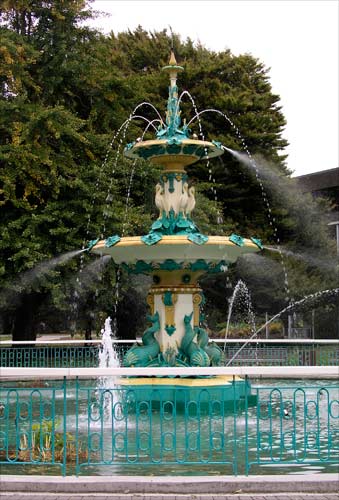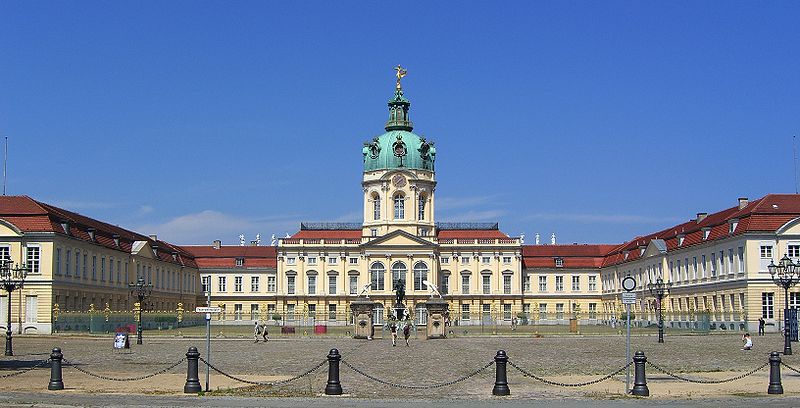

The Peacock Fountain
was bought by the Christchurch Beautifying Society from money bequeathed by
john Thomas Peacock, a trader, politician and philanthropist. The fountain was
unveiled in 1911, moved to a new location some years later, and put into
storage in 1949. After a $270,000 renovation, it was commissioned again in
1996, in its third location in the Christchurch Botanic Gardens. It has an
elaborate colour scheme and is a much photographed tourist attraction.
Historical context
Peacock (1827-20
October 1905) came to Lyttelton in 1844 with his parents. Settlement organized by
the Canterbury Association started in December 1850, so the Peacocks were in
the colony at a very early stage. He built the first substantial wharf in
Lyttelton Harbour and was well established as a merchant when the First Four
Ships arrived in 1850. He later owned several ships, traded as J.T. Peacock and
Co. and was successful enough that he could retire from business in 1864, aged
37.
























